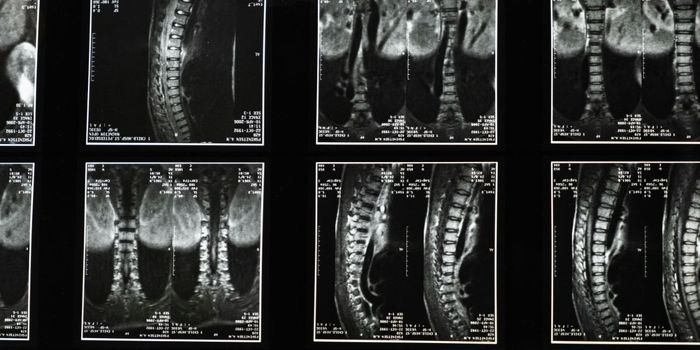10 Minutes of Exercise Per Day May Increase Your Lifespan
Many people think of exercise as an “all or nothing” activity that requires major effort to see benefits, but even small changes in activity levels can lead to a measurable difference in health outcomes. A recent study in JAMA Internal Medicine showed that an increase in physical activity of just 10 minutes per day per person could prevent over 100,000 deaths per year.
The authors of the study used accelerometers to investigate the relationship between physical activity and death in U.S. adults. Then, they estimated how many deaths could be prevented per year by increasing physical activity by relatively small amounts (10–30 minutes per day). Their data came from the National Health and Nutrition Examination Survey and included 4,840 U.S. adults. Amazingly, they found that increasing physical activity by just 10 minutes per day could prevent an estimated 111,174 deaths per year in the U.S. Results were similar if physical activity was increased by 20 or 30 minutes per day, which would prevent about 210,000 and 272,000 deaths per year, respectively.
In a 2018 study, the CDC estimated that over 8% of deaths in the United States were caused by “inadequate levels of activity.” Regular physical activity has many health benefits, including a lower risk of heart disease, obesity, and cancer; it may even help regenerate your heart cells. It has also been associated with improved sleep, mood, mental function, immune function, and more. The Physical Activity Guidelines for Americans recommend that adults get at least 150 minutes of moderate-intensity or at least 75 minutes of vigorous-intensity aerobic physical activity per week. However, the guidelines also emphasize that any amount of activity is better than none. As shown in the JAMA study, even an extra 10 minutes per day could prevent death for hundreds of thousands of Americans.
Sources: JAMA Internal Medicine, CDC, AllinaHealth, Labroots, The Physical Activity Guidelines for Americans








